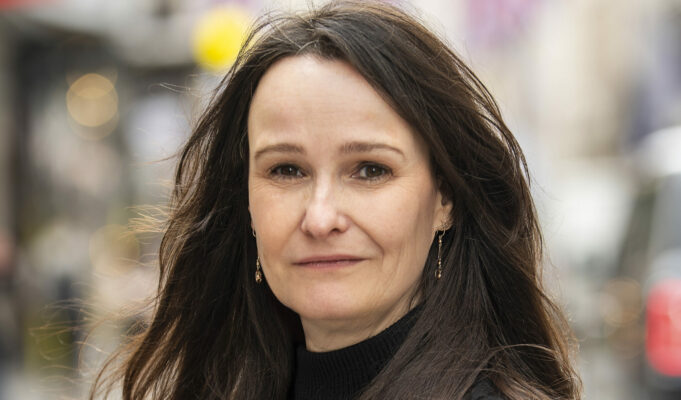Rolex’s announcement on 24 August about the brand buying Bucherer was certainly a watch-world-shattering moment, but mainly because — like everything the Crown does — it came without any hints, warnings, or fanfare.
A simple statement in an unassuming email from Geneva HQ stated the bare facts in a typical fuss-free, ‘move on, nothing to see here’ fashion.
As the email came at 4.25pm UK time, there was barely an hour to discuss the news with colleagues before home time, and trying to explain how monumental the move was to my family and friends simply fell on deaf ears.
Was Rolex going to carry on making watches? Yes. Would they still be all but impossible to buy? Yes. And would the ‘Exhibition Only’ models still be available to visit at myriad high-street outlets? Yes. The stock response to my ‘biggest story in a decade’? ‘Meh!’
And, in the cold light of day, perhaps the meh! reaction is the right one. Is becoming a retailer not simply the next — possibly the final — step in the process of verticalization that began in the 1990s and Noughties when CEO Patrick Heiniger consolidated Rolex’s entire business from 27 sites into four cutting-edge facilities?
At this time, Mr Heiniger initiated an investment program that saw the brand rationalize its supplier network and bring production in-house. All located in Switzerland, this led to impressive cost efficiencies and played a pivotal role in elevating the quality of contemporary Rolex watches.
The Rolex shopping spree involved the brand buying case makers Genex and bracelet makers Gay Frères in 1998, followed by dial maker Beyeler, crown supplier Boninchi, and case and bracelet finishers Virex et Joli Poli. And, in 2004, the House of Wilsdorf became the proud owner of a movement maker once owned by the Borel family.
Sister brand Tudor has followed suit, with a company spokesman telling the Telegraph at the opening of its Kenissi manufacture that the majority of its suppliers are based in Le Locle and are today 100% owned by the brand.
But despite the potential horological domination by Rolex and Tudor, has consumer choice really suffered? We seem to have more interesting watches at all price points today than ever before — particularly from independents and microbrands.
The range of bracelets and dials on offer is more exciting and accessible now than at any time in the past and the challenge to design new calibres is at its strongest in decades.
Perhaps if we notice Rolex’s involvement in frontline retail at all moving forward, it will simply be to maintain standards and to encourage others to do likewise?

